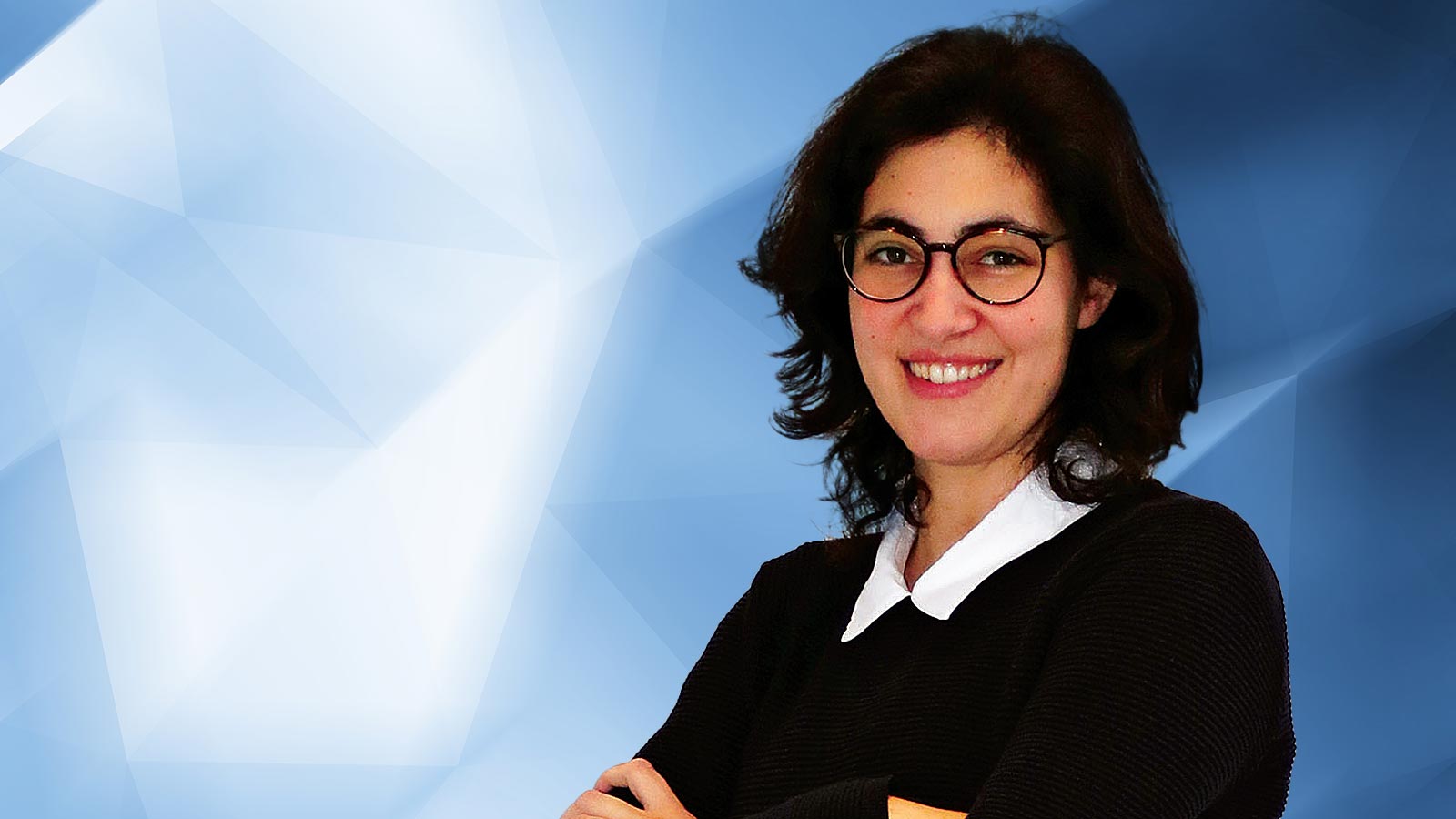Stay Up to Date
Submit your email address to receive the latest industry and Aerospace America news.
Nadia Zerelli, 33, senior manager, Heat Transfer and Secondary Air System Methods, Computational Fluid Dynamics and Coupling at MTU Aero Engines
When Lufthansa began transporting passengers in fuel-efficient Airbus A320neo airliners in 2016, the flights marked a milestone for engine maker Pratt & Whitney and its partner, MTU Aero Engines of Munich. Each plane was powered by two Pratt & Whitney PW1100G-JM geared turbofan engines, which are a culmination of work Pratt & Whitney began in the 1990s and continued with MTU in 2005. Engineers installed a gearbox that freed the turbine to turn at speeds the blades of the engine’s unusually large, quiet front fan could not tolerate. The companies have taken orders for more than 8,400 of these quieter, more fuel-efficient engines for at least 80 airlines. MTU developed the engine’s low-pressure turbine and high-pressure compressor and now assembles and tests production engines in its Munich factory. That’s where German aerospace engineer Nadia Zerelli leads a team of nine engineers who continue optimizing the designs of components with safety in mind.
How did you become an aerospace engineer?
From an early age I was fascinated by aviation. While still in school, I was a summer intern at Contact Air Technik, an aircraft maintenance company at my hometown’s airport, Flughafen Saarbrücken, an experience which reinforced my enthusiasm. While studying aerospace engineering at ISAE, France’s national university for aeronautics and astronautics engineering, I began to focus on propulsion systems because I appreciated their tremendous complexity. I then interned at the von Karman Institute for Fluid Dynamics near Brussels, where I worked on advanced measurement techniques for aircraft engines. That’s when I knew I wanted to become part of the professional turbomachinery community. I was thrilled to later be granted a position in 2008 at MTU Aero Engines, Germany’s leading engine manufacturer with a cutting-edge portfolio and strong international connections to scientific and industrial partners. I started my career at MTU in the heat transfer department of the technology and development division. Since then, I have been involved in analytical assessments for compressors and turbines of commercial engines as well as long-term research projects. I lead the secondary air system and thermal analytical integration of MTU’s high-speed, low-pressure turbine into Pratt & Whitney’s whole engine architecture for the joint PW1000G geared turbofan engine development.
Imagine the world in 2050. What do you expect to see in aviation?
Even conservative estimates tell us that world population will have grown to roughly 9 billion people. Whether on land or in the sky, the focus on resource efficiency will become much more urgent than is already the case today. Among other challenges, increased population density certainly calls for smart infrastructural organization with a strong emphasis on compatibility with environmental and human life. Modern city planning will probably be based on autonomous on-demand mobility, made possible through the successful blend of information and communication technology with classical engineering. In this future society, I expect aviation to be even more prevalent since it remains a very efficient means of transporting goods and connecting people across the world through a seemingly endless, maintenance-free and cost-free medium. Current projections assume that air traffic worldwide will keep growing at a rate of around 5 percent a year. In order to mitigate and reduce environmental impacts, tomorrow’s aircraft must be fuel-thriftier, quieter and cleaner. The geared turbofan engine addresses all of these stringent constraints and therefore deserves its current and future place in 21st-century aviation. Jumping ahead to 2050s innovations, we might start seeing the transition from research phase to technology readiness with regards to hybrid-electric powered propulsion systems for commercial aviation applications. Let’s look up!
About Debra Werner
A longtime contributor to Aerospace America, Debra is also a correspondent for Space News on the West Coast of the United States.
Related Posts
Stay Up to Date
Submit your email address to receive the latest industry and Aerospace America news.




